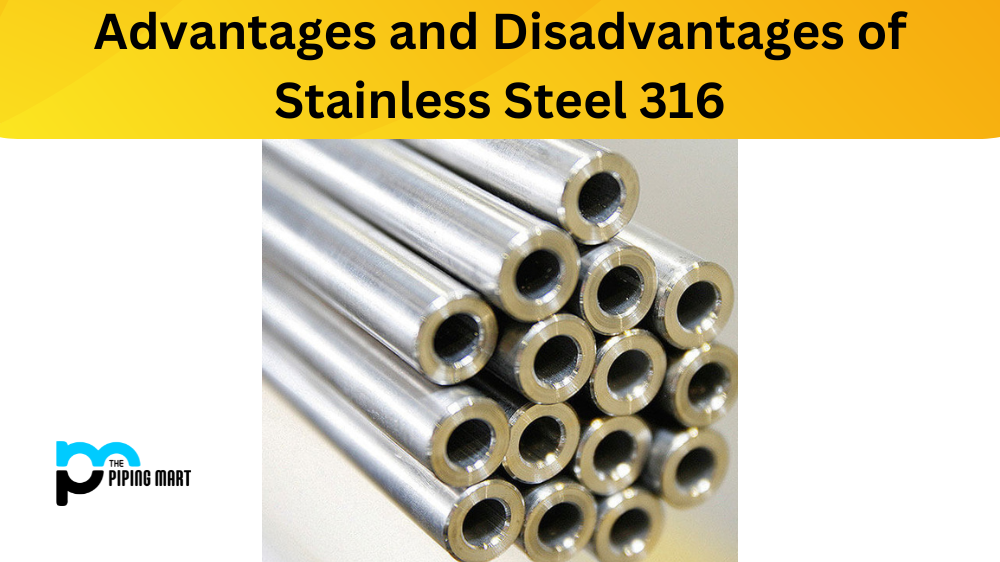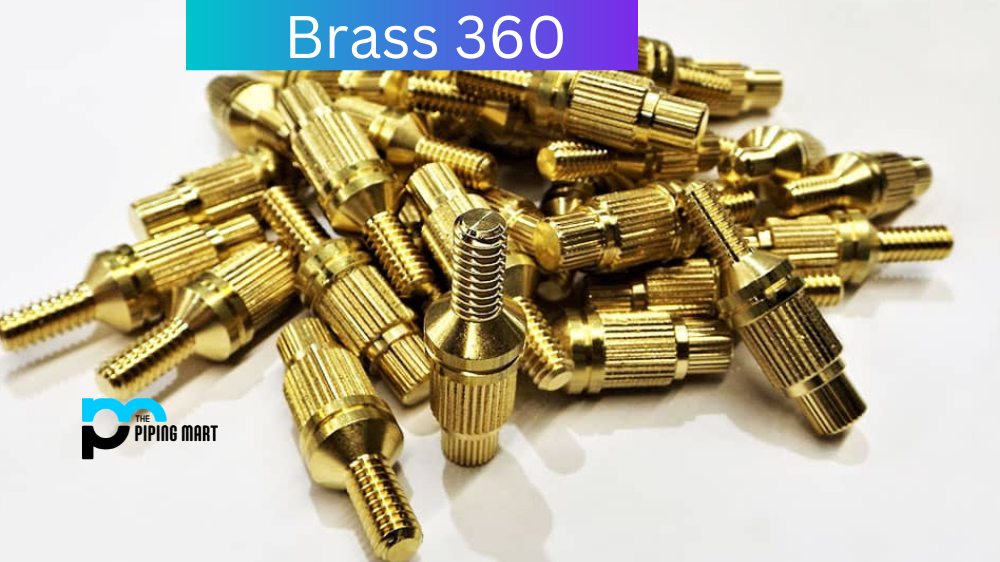If you’re in the market for a knife or a hunting blade, you have likely come across 440 stainless steel and 440C. But do you know the difference between the two? Deciding which suits your needs best can be overwhelming, especially if you must familiarize yourself with these materials’ types, properties, and applications. This article explores the differences between 440 stainless steel and 440C to help you make an informed decision.
What is 440 Stainless Steel?
440 stainless steel is a high-carbon stainless steel that belongs to the 400 series. It is a standard alloy used in various knives, including hunting, kitchen, and pocket knives. The addition of molybdenum further improves the steel’s corrosion resistance and toughness. While 440 stainless steel is relatively easy to sharpen, it has low edge retention and is known to dull quickly. It is also prone to rusting and staining, requiring regular cleaning and maintenance.
What is 440C Stainless Steel?
440C, also known as “the king of stainless steels,” is a premium-grade steel highly resistant to wear, corrosion, and staining. Compared to 440 stainless steel, 440C contains more carbon, which makes it harder, tougher, and more durable. It has superior edge retention, which means it can hold a sharp edge for extended periods. Due to its high carbon content, 440C can be harder to sharpen but can maintain its edge for an extended period. It is popular in the production of high-end hunting and tactical knives, as well as industrial bearings.
Difference Between 440 Stainless Steel and 440C
The significant difference between 440 stainless steel and 440C is the carbon content. 440C contains more carbon, which gives it superior hardness, wear resistance, and edge retention compared to 440 stainless steel. This also means that 440C is harder to sharpen but maintains its edge for longer. Additionally, 440C is more resistant to corrosion and staining than 440 stainless steel. Due to its properties, 440C is used for high-end knives, kitchen tools, industrial bearings, and medical equipment. 440 stainless steel, on the other hand, is used for lower-end utensils and cutlery, surgical instruments, and valves.
Applications
440 stainless steel is used in various applications, such as cutlery, balisong (butterfly), and hunting knives. It is also used to produce surgical instruments, springs, and valves. On the other hand, 440C is used to manufacture high-end blades, bearings, and bushings for the aerospace, military, and medical industries. Due to its superior hardness and corrosion resistance, 440C is a popular choice for custom knives that require quality materials.
Composition
The main difference between 440 stainless steel and 440C stainless steel is the carbon content.440C stainless steel has a higher carbon content than 440 stainless steel. This makes 440C stainless steel harder than 440 stainless steel.
Hardness
440C stainless steel is also much more complicated than 440 stainless steel. This makes it ideal for applications where high wear resistance is required, such as in knives and bearings.
Corrosion Resistance
440 stainless steel and 440C stainless steel have good corrosion resistance, but 440C stainless steel is more corrosion-resistant than 440 stainless steel. This makes it better suited for harsh environments, such as marine applications.
Temperature Resistance
440C stainless steel is also better able to withstand high temperatures than 440 stainless steel. This makes it suitable for high-temperature applications, such as aerospace and automotive engineering.
Cost
440C stainless steel is more expensive than 440 stainless steel due to the higher carbon content and the addition of other alloying elements
Conclusion
In summary, if you’re considering a knife or tool that requires exceptional wear resistance and edge retention, then 440C is the best option. However, if you’re working within a budget or don’t require the high-end features of the 440C steel, then 440 stainless steel will serve you well. Knowing the difference between the two will allow you to make an informed decision and choose the suitable material for your needs. Regarding 440 stainless steel vs 440C, it’s a matter of preference and application.
Sakshee is a talented blogger, with a particular focus on the Business and Metal Industry. She is passionate about sharing her insights on various metal products and helping professionals to make a better decisions.




